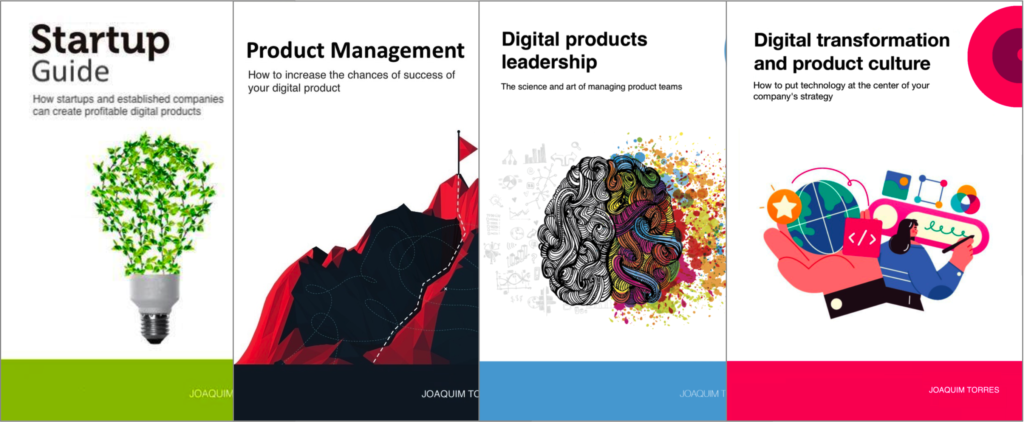Bezos on Innovation
4 de May, 2008Being a PM is an exercise of leadership
27 de May, 2008Minimal Marketable Feature or MMF comes from a book named Software by Numbers by Mark Denne and Dr. Jane Cleland-Huang, In this book they introduce the concept of:
Incremental Funding Methodology (IFM), an ROI-informed approach to software development in which software is developed and delivered in carefully prioritized chunks of customer valued functionality. These chunks are known as Minimum Marketable Features or MMFs.
To illustrate MMF they used an example very simple to understand: imagine that you have to build a web internet banking system. There are lots of features, and it could take many months or even years to be delivered with all “must have” features. When thinking in terms of MMF, we should look at those “must have” features and find out if we can release them independently, i.e., if a certain feature, if released independently would bring any value to the customer. In a web internet banking system, we could choose to release it with only account balance report and no other feature. That would be a very simple web internet banking system, but if released as soon as ready, and not after some other features get ready as well, it will bring value to the customer earlier. And whenever you bring value to the customer you are bringing value to your company as well. Besides the happy customer, in this example you probably reduced cost, since if the users don’t get their account balance reports through web they certainly use another way to get that info and probably this other way is not as cost effective as the web.
Joe Arnold, an Internet Executive specializing in Agile Development at Yahoo!, mentions in his blog:
A Minimal Marketable Feature (MMF) is a feature that is minimal, because if it was any smaller, it would not be marketable. A MMF is marketable, because when it is released as part of a product, people would use (or buy) the feature.
Next time you are planning a new system, product or set of features for an existing product, try thinking in terms of MMF. It may bring you and your customers a lot of value.
Workshops, coaching, and advisory services
I’ve been helping companies and their leaders (CPOs, heads of product, CTOs, CEOs, tech founders, and heads of digital transformation) bridge the gap between business and technology through workshops, coaching, and advisory services on product management and digital transformation.
Digital Product Management Books
Do you work with digital products? Do you want to know more about managing a digital product to increase its chances of success, solve its user’s problems, and achieve the company objectives? Check out my Digital Product Management books, where I share what I learned during my 30+ years of experience in creating and managing digital products:
- Digital transformation and product culture: How to put technology at the center of your company’s strategy
- Leading Product Development: The art and science of managing product teams
- Product Management: How to increase the chances of success of your digital product
- Startup Guide: How startups and established companies can create profitable digital products

